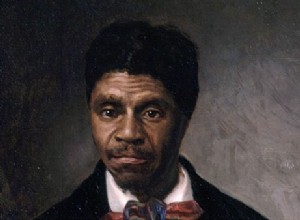The Cuban Revolution , which took place in 1959, was a guerrilla movement that overthrew the dictatorial government of Fulgencio Batista. The Revolution implanted the socialist regime in Cuba and linked the Caribbean island politically and economically to the Soviet Union. Historical Context Cubas




